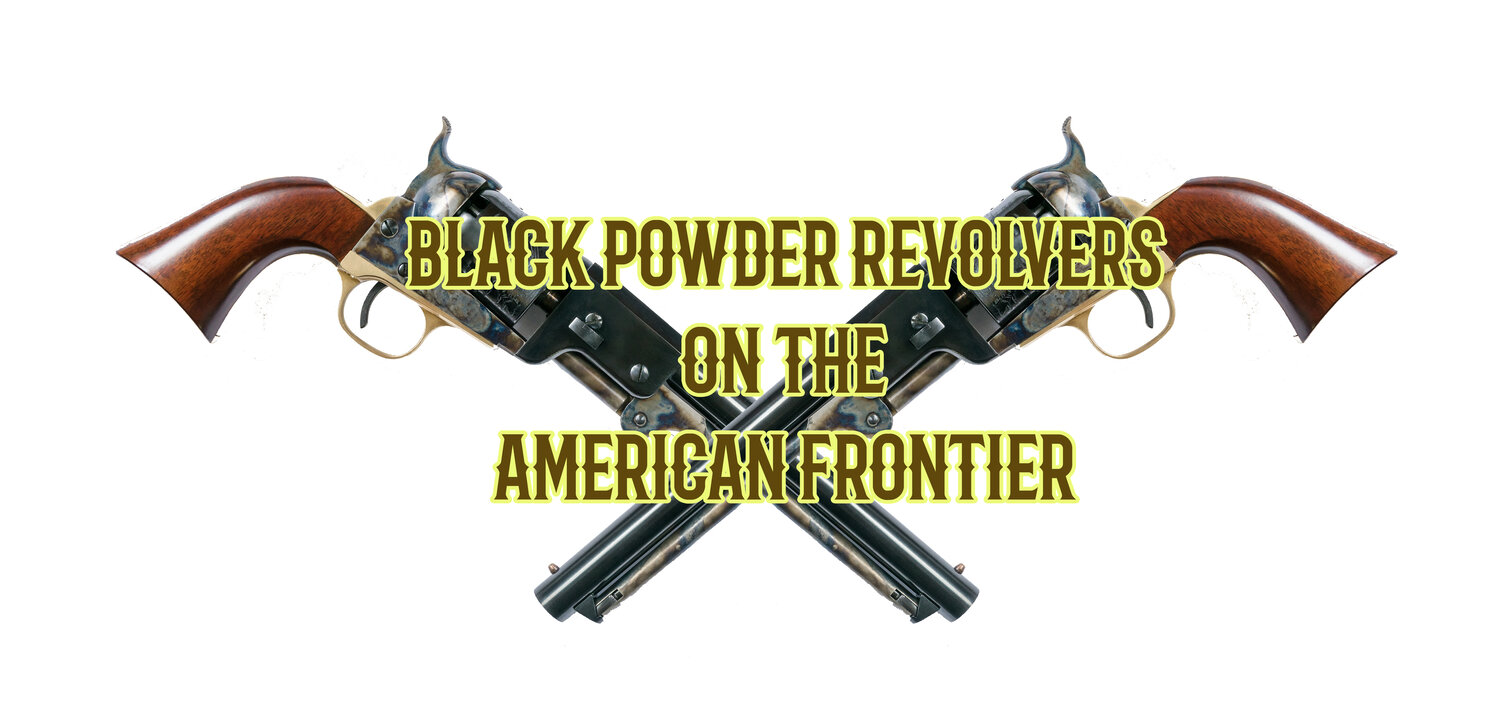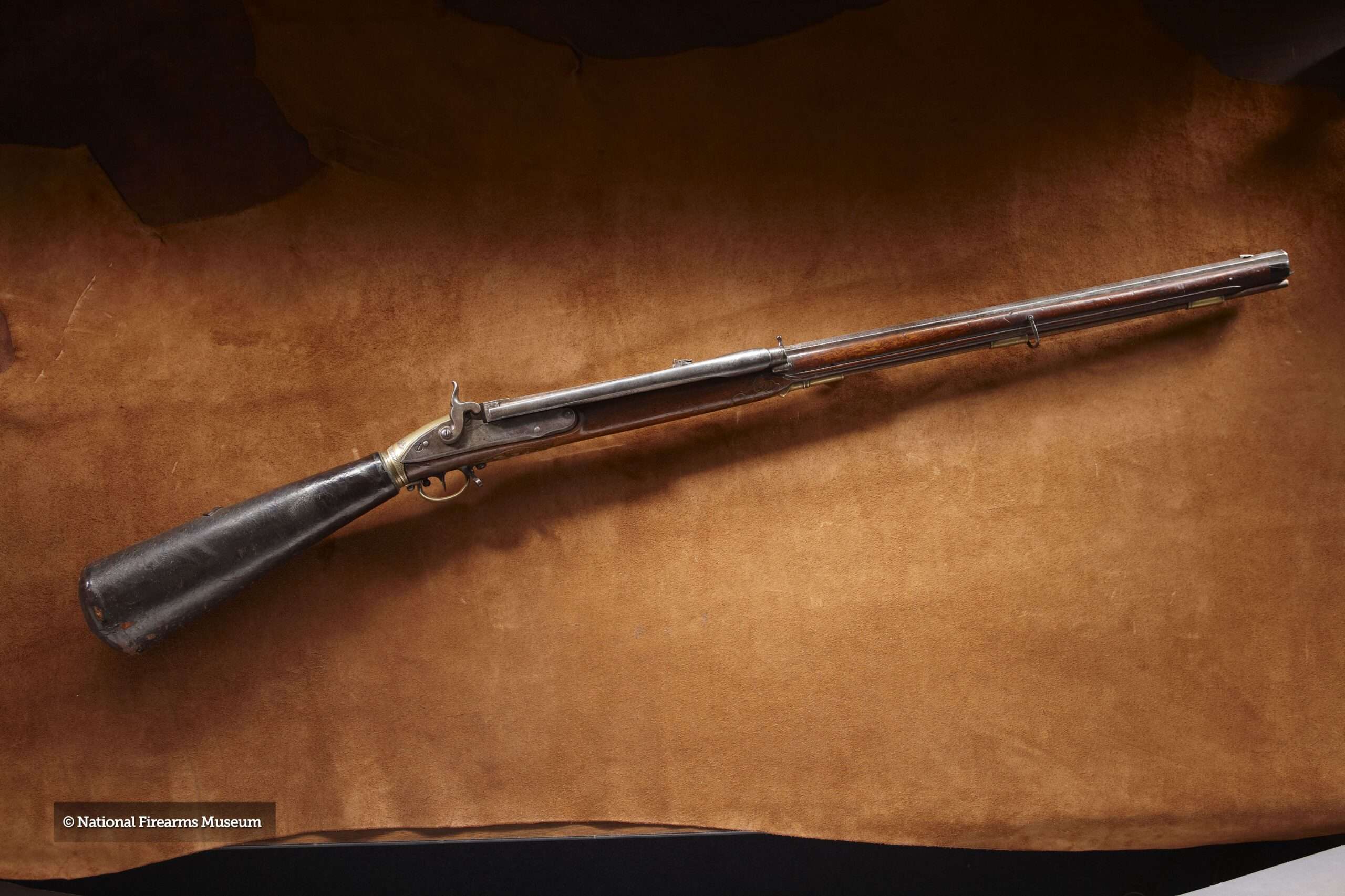multivita-man
Platinum Member
- Aug 10, 2022
- 4,998
- 2,511
- 938
You dont know what you are talking about....go and read the statements by the Founders you idiot......
I've read the congressional debates from 1789 onward, fuck-tard.
Follow along with the video below to see how to install our site as a web app on your home screen.

Note: This feature currently requires accessing the site using the built-in Safari browser.
You dont know what you are talking about....go and read the statements by the Founders you idiot......
Yes, the guns at the time were single shot muzzle loaders. They were also cutting edge technology used by the best militaries in the world.
Not everyone living in Pennsylvania was a Quaker, or a pacifist, or unarmed.Not every person had firearms in those days, just like they don't now. The people who wrote and ratified the amendment did so because they wanted each state to have an effective militia. In fact, Pennsylvania was a Quaker colony that was founded on pacifism. Frontiersmen in Western PA complained about the fact that there was no militia to defend them against things like Indian raids. The 2nd Amendment was written to ensure that people in each state would be able to form a militia for the defense of a free state (as the amendment says). But they wanted the militia to be well-regulated. It had fuck all to do with arming every jackass who wanted to fire a gun or a canon.
Do us all a big favor.The 2nd Amendment was never meant to protect individual gun ownership; it was meant to ensure that each state had a functional militia - for a variety of purposes, ranging from civil defense in cases of insurrections, riots, or attacks from Native tribes, to being called up by Congress and the President to repel foreign invasion.
Would seem you don't know what the battles of Lexington and Concord were fought about, or why. You also fail to understand what was meant by the term "well regulated" (equals well trained or well drilled).Not every person had firearms in those days, just like they don't now. The people who wrote and ratified the amendment did so because they wanted each state to have an effective militia. In fact, Pennsylvania was a Quaker colony that was founded on pacifism. Frontiersmen in Western PA complained about the fact that there was no militia to defend them against things like Indian raids. The 2nd Amendment was written to ensure that people in each state would be able to form a militia for the defense of a free state (as the amendment says). But they wanted the militia to be well-regulated. It had fuck all to do with arming every jackass who wanted to fire a gun or a canon.
Actually, most who fought in the War of Independence on behalf of the Colonies leaving English rule, the Continental Revolutionaries, used their own, personal weapons. Easier to do when firearms were muzzle loading and all you needed was powder and balls, most muskets have the same size bores. A little more complicated in present where most firearms require cartridges of various size/diameter.
Also, many had used those same muskets several years earlier in the French and Indian War, and also used them for hunting and personal/home defense. Sometimes against Indian uprisings and occasional criminals.
During this time most communities had the men as members in the local militia and many and laws requiring adult males own a firearm to be part of the militia.
The term "well regulated" refers to the fact that a large group of men armed with muskets would usually form up in 3 or 4 ranks where the "1st' rank facing an enemy formation would aim and fire, then move through the ranks behind to form the last rank while they reloaded. The second rank then becoming the "first" rank which would then aim and fire, then it would move through and back to last rank to reload. And so on. This was a common drill for a group to fire and reload in a well trained or "well regulated" manner. On a battlefield that is.
If fighting as "irregulars", say sniping and pot-shotting from cover of the trees, then things, tactics, were a bit less "well regulated" since there was no formation.
Would seem you don't know what the battles of Lexington and Concord were fought about, or why. You also fail to understand what was meant by the term "well regulated" (equals well trained or well drilled).
Do us all a big favor.
Wear a four inch wide yellow armband on each arm so that if you are ever attacked by a criminal we will know not to exercise our Second Amendment Rights to be "well armed" and defend/protect your sorry and worthless ass.

Not everybody lived in towns or cities. Hunting was common in those days and black powder rifles are good hunting weapons. You didn’t have large grocery stores with nicely packaged meat out in the wilderness.The 2nd Amendment was never meant to protect individual gun ownership; it was meant to ensure that each state had a functional militia - for a variety of purposes, ranging from civil defense in cases of insurrections, riots, or attacks from Native tribes, to being called up by Congress and the President to repel foreign invasion.

Citizens collective right to keep and bear arms in the context of a well-regulated militia.
No, in those days "well regulated" meant properly operating. A watch that kept good time was "well regulated".Would seem you don't know what the battles of Lexington and Concord were fought about, or why. You also fail to understand what was meant by the term "well regulated" (equals well trained or well drilled).
What part of "well trained" in my post you quoted did you not understand?Cool story, but if you read the debates of the 1st Congress, they didn't really spend much time discussing this. They were concerned with making sure that states like Pennsylvania couldn't freeload and enjoy the protection of the national militia without having a force of their own. People in their own state were frustrated by the lack of protection they had in terms of dealing with hostile tribes on the Frontier.
No, the term well-regulated was inserted into the amendment to distinguish a trained militia from a mob.
I've taught courses on the Constitution. Knew all this long before you did. And more correctly.Would seem you don't know much about the amendments to the Constitution and why they were proposed, and the fact that some of the people on the committee that drafted, reviewed, and ratified the amendments...didn't really want the Constitution changed at all.
But you don't have any facts so nothing to swallow.
Facts is hard to swallow.
And if one understands how a group of armed men were trained in proper drill of sustained fire and reloading (by the ranks) they would know that is how to "properly operate".No, in those days "well regulated" meant properly operating. A watch that kept good time was "well regulated".
The first amendment only applies to paper and mouth! Not telephone, bumper stickers, internet etc....... the guns at the time were -

Revolutionary War Guns | Facts, Information & History
These revolutionary war guns are the firearms most represented throughout the course of the revolutionary war. Find out more facts & information.www.revolutionary-war.net
And yet Presiden Madison and Sec Monroe (later President) worked to improve the production of repeating rifles so they would be affordable to the average citizen.Yes, the guns at the time were single shot muzzle loaders. They were also cutting edge technology used by the best militaries in the world.
And certainly not, given that James Madison, author of the Second Amendment, initiated a federal government industrial with the specific aim of vastly improving the quality and quantity of firearms manufacture.
Under the bipartisan Madison-Monroe program, generous federal arms procurement contracts had long lead times and made much of the payment up-front, so that manufacturers could spend several years setting up and perfecting their factories. The program succeeded beyond expectations, and helped to create the American industrial revolution.
The initial objective was interchangeability, so that firearms parts damaged in combat could be replaced by functional spare parts. After that would come higher rates of factory production. And after that, it was hoped, production at lower cost than artisanal production. Achieving these objectives for the more intricate and closer-fitting parts of repeating firearms would be even more difficult.

When the Revolutionary War happened they didn’t have computers either. Therefore it could be argued that freedom of the press does not apply to news websites....... the guns at the time were -

Revolutionary War Guns | Facts, Information & History
These revolutionary war guns are the firearms most represented throughout the course of the revolutionary war. Find out more facts & information.www.revolutionary-war.net
I've taught courses on the Constitution. Knew all this long before you did. And more correctly.

That word isn't found in the amendment. The People have the RKBA, not as a collective.